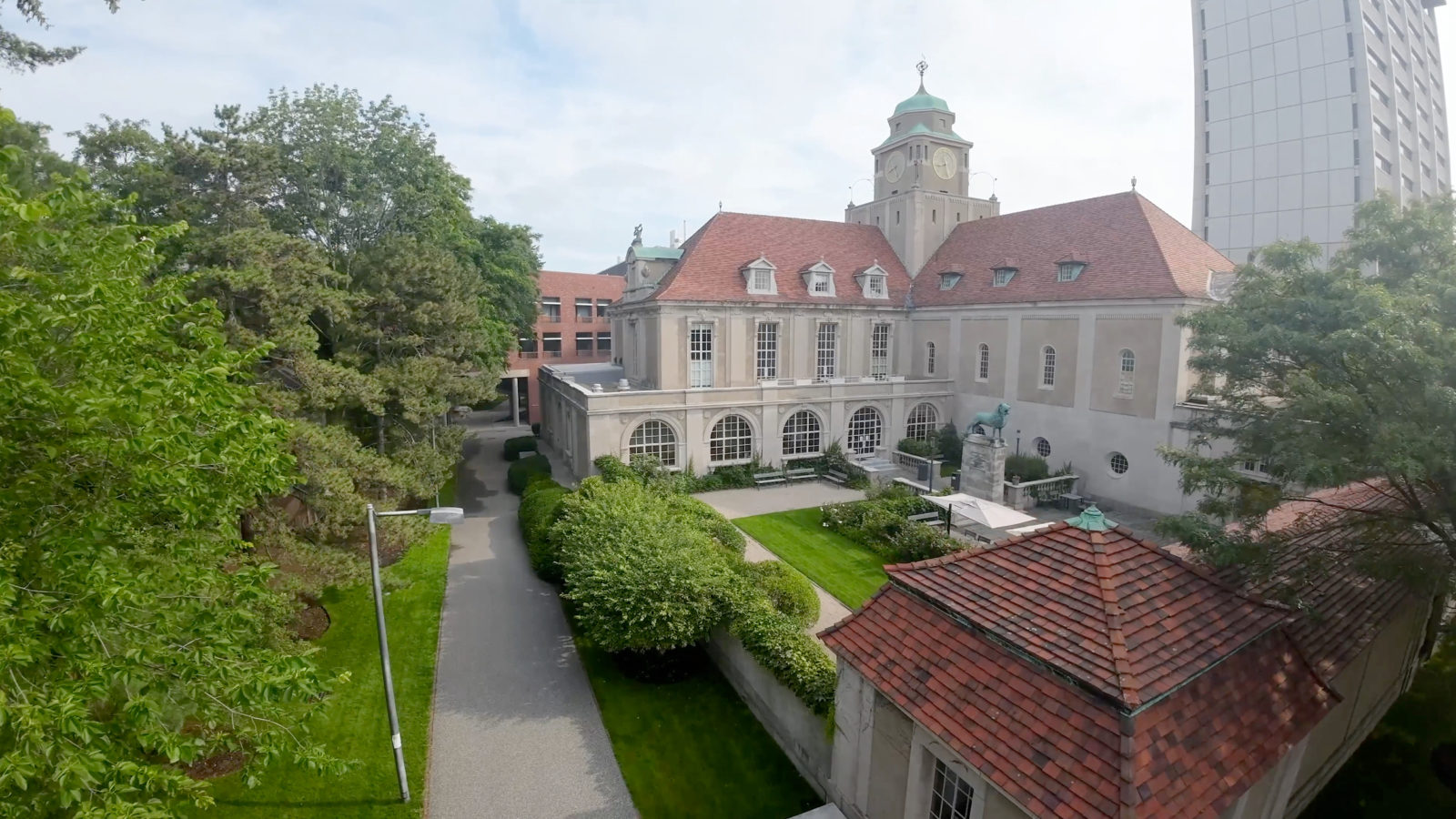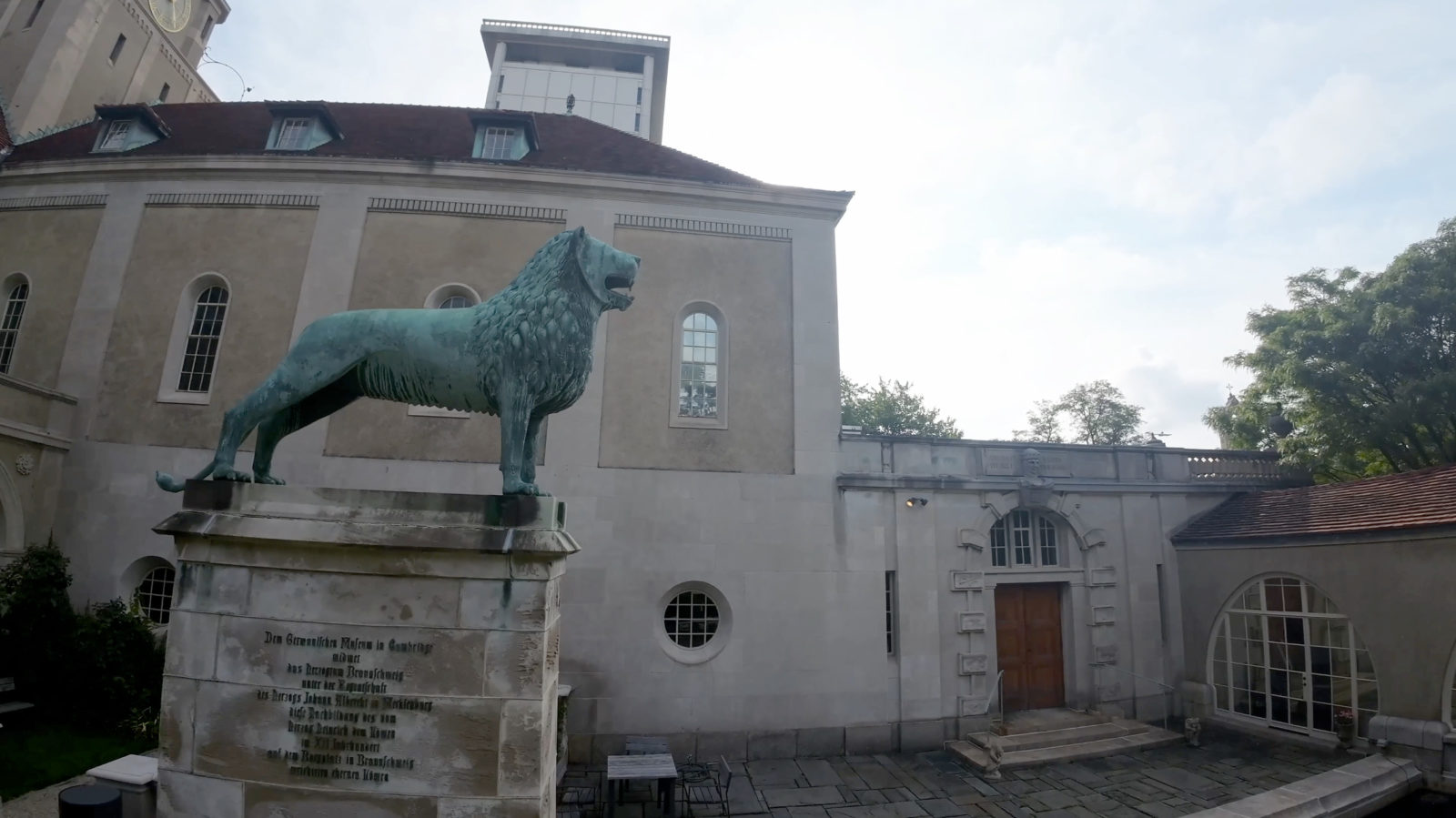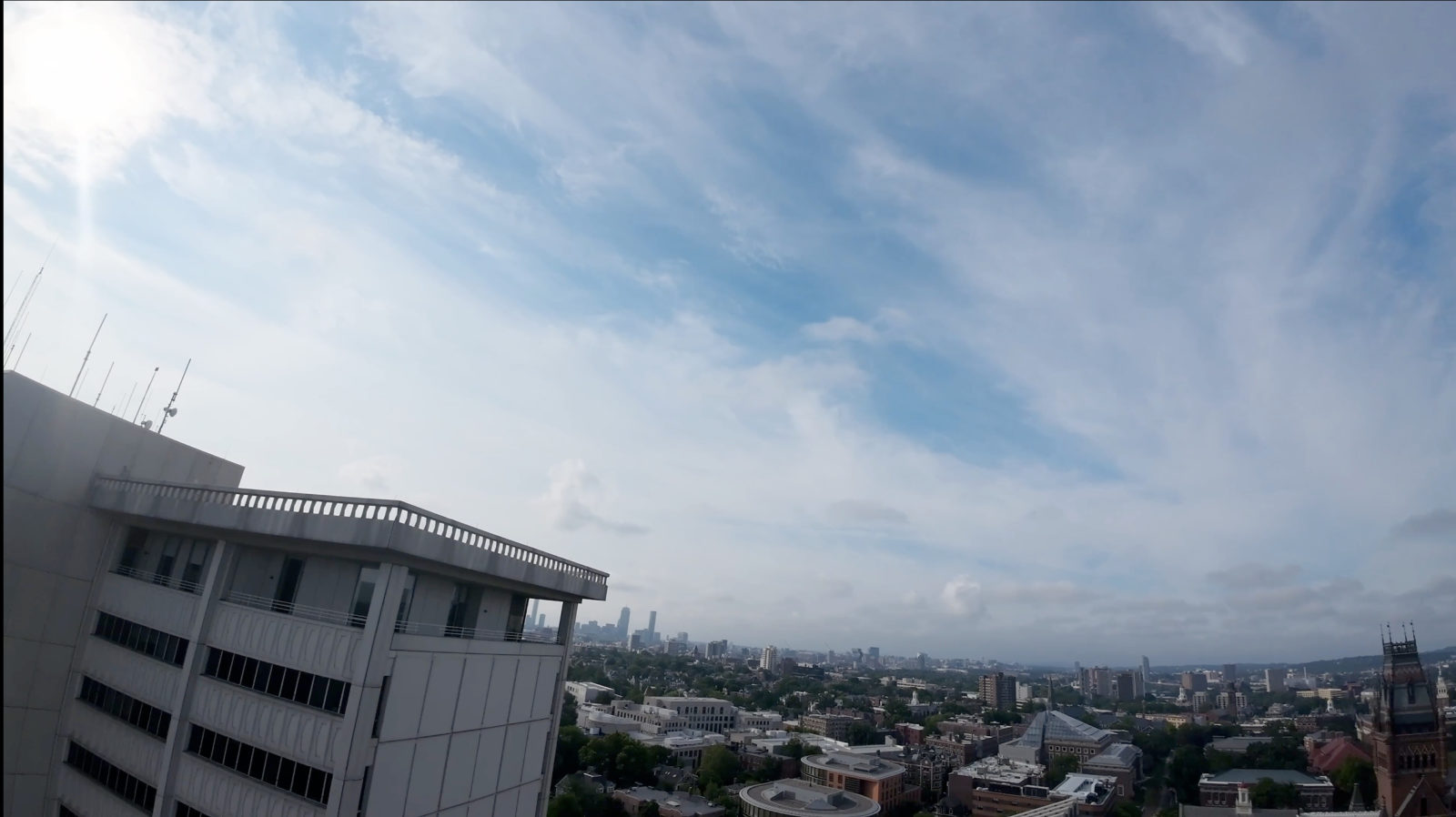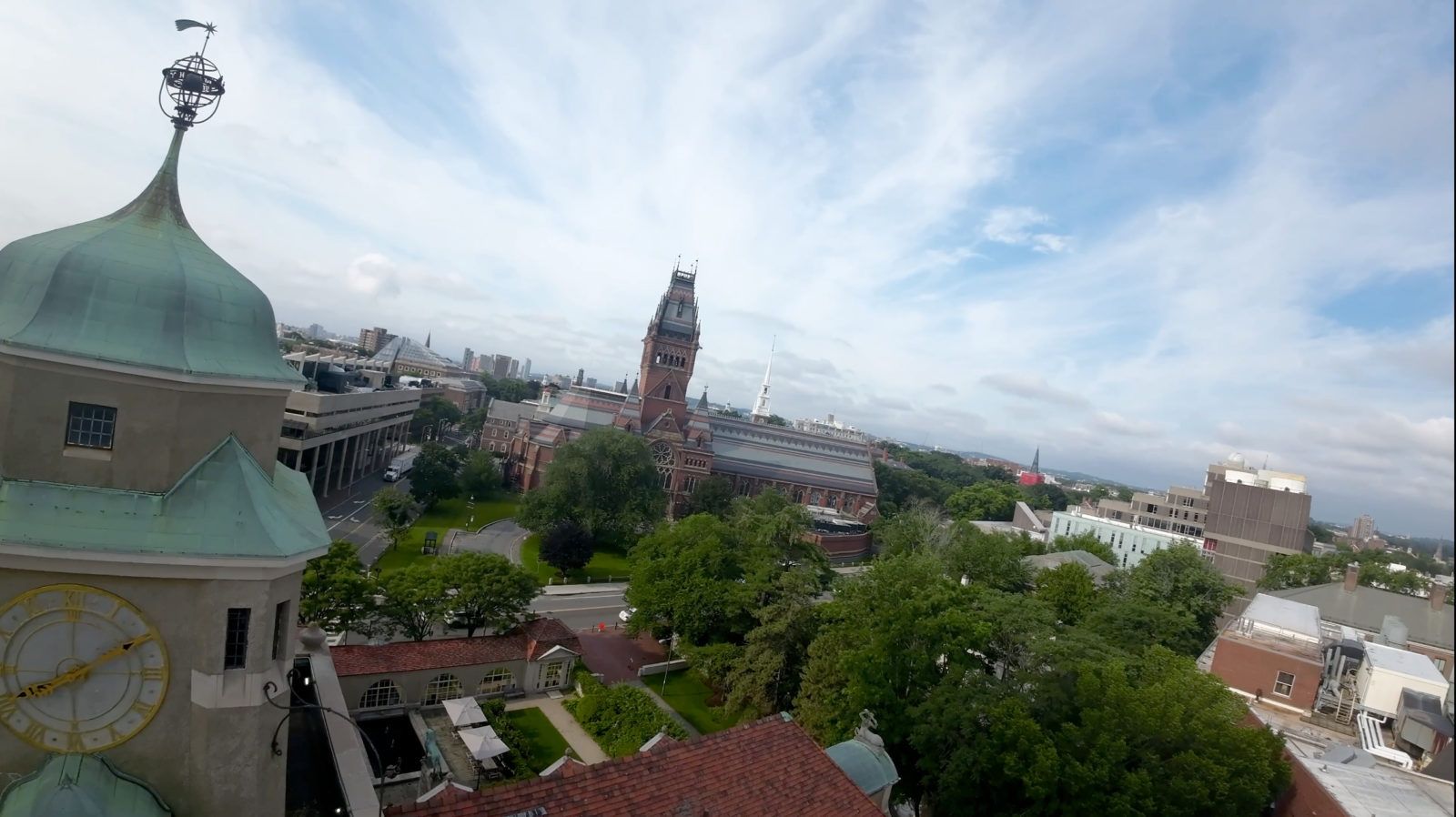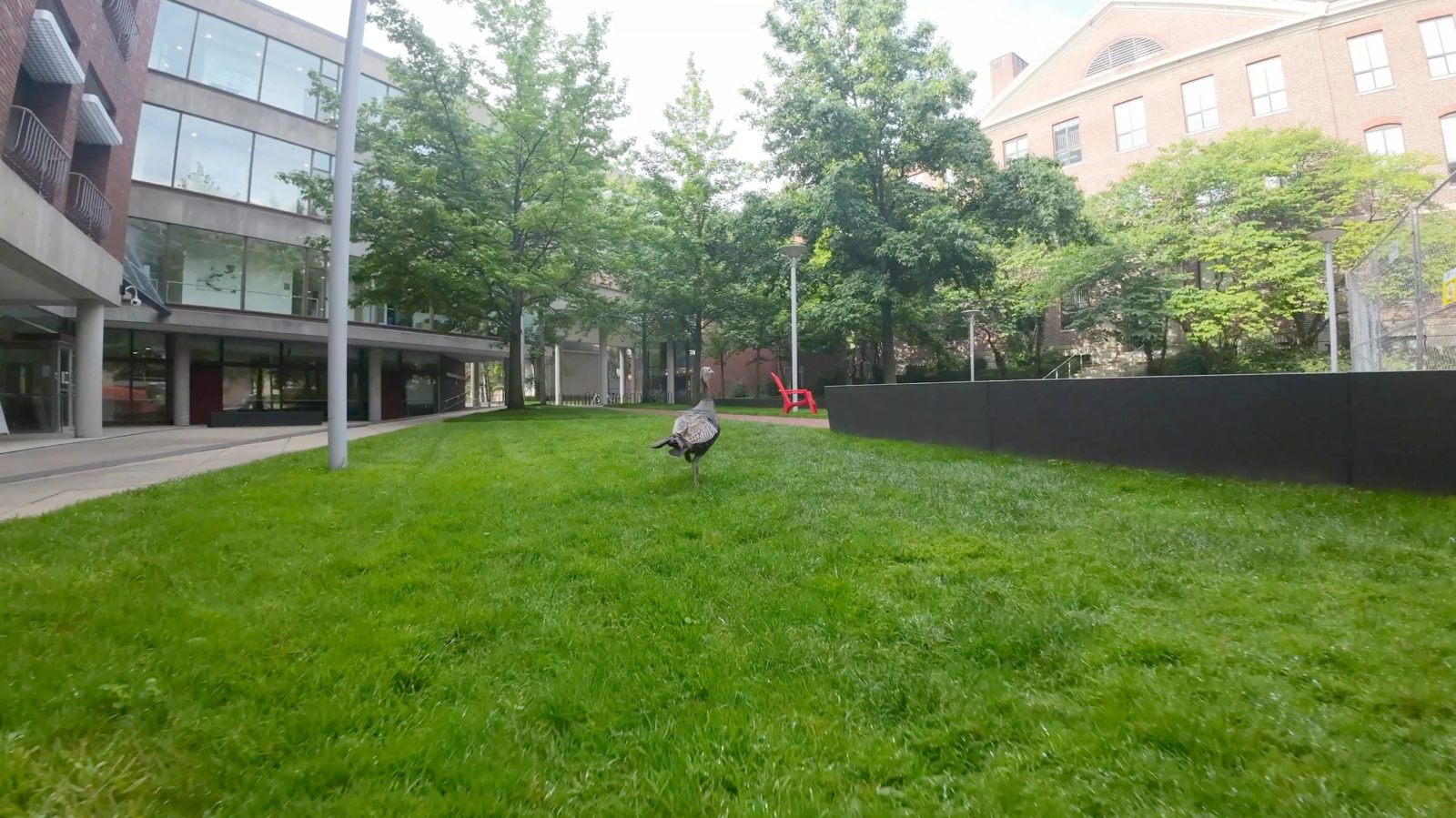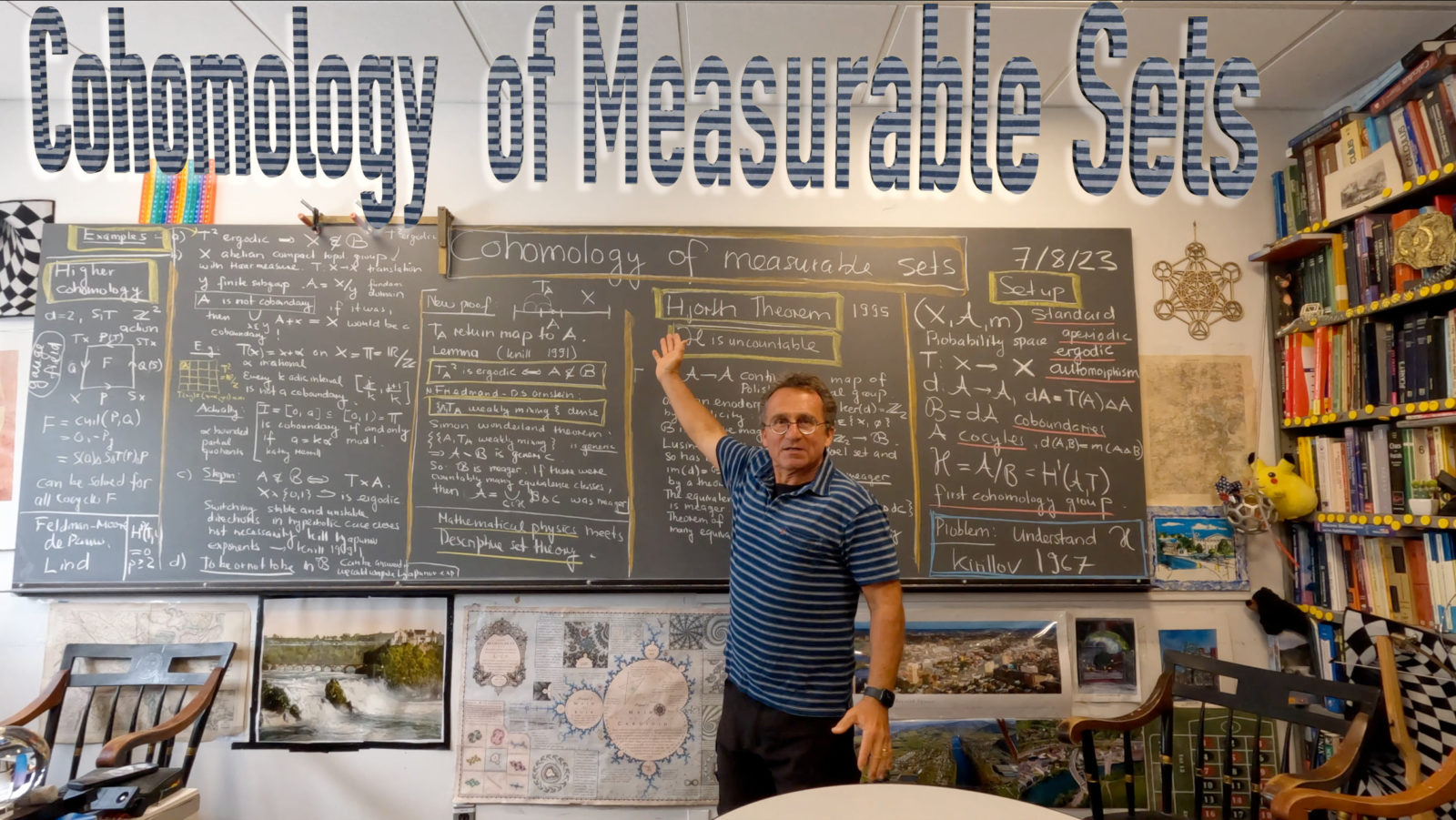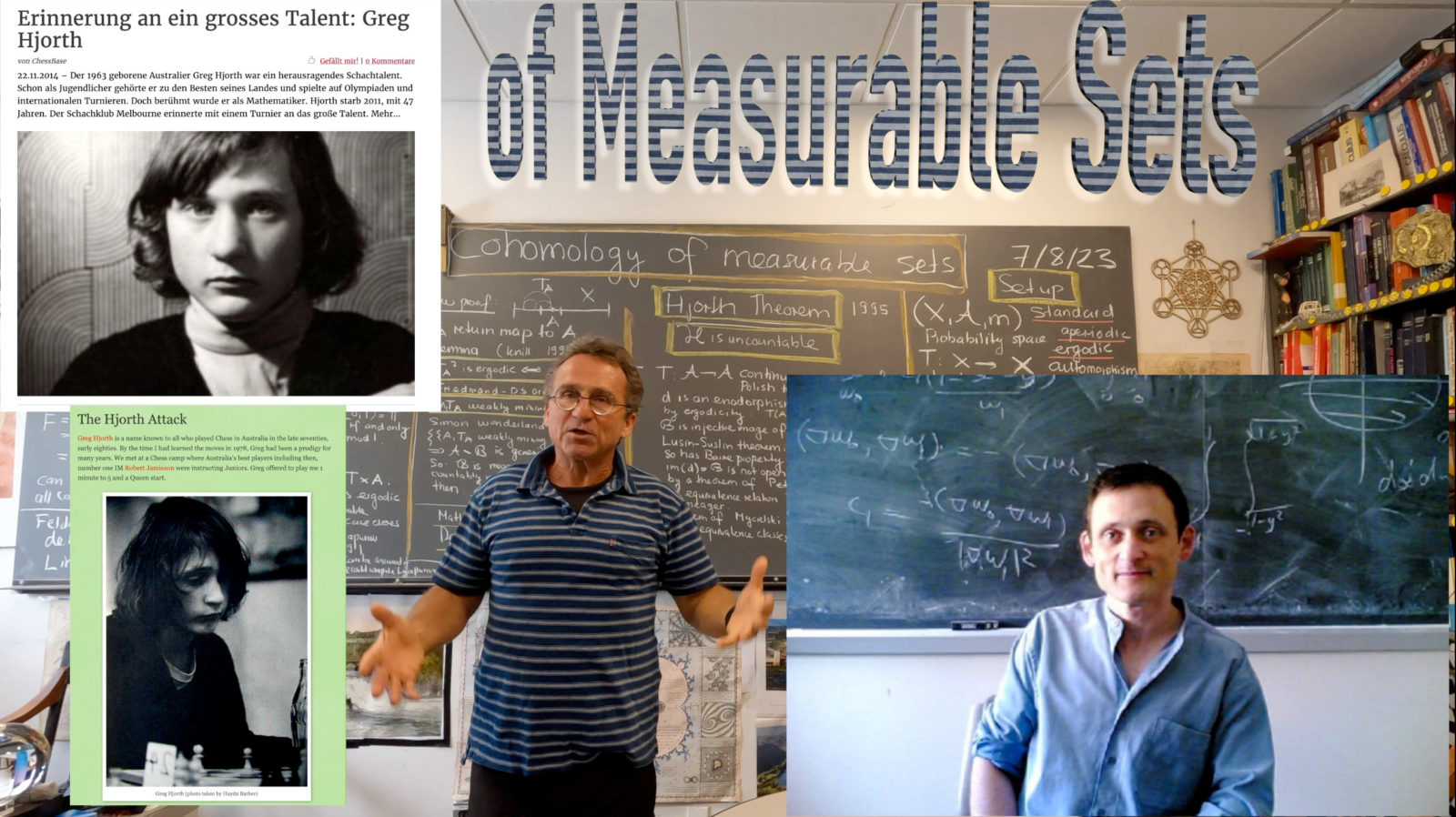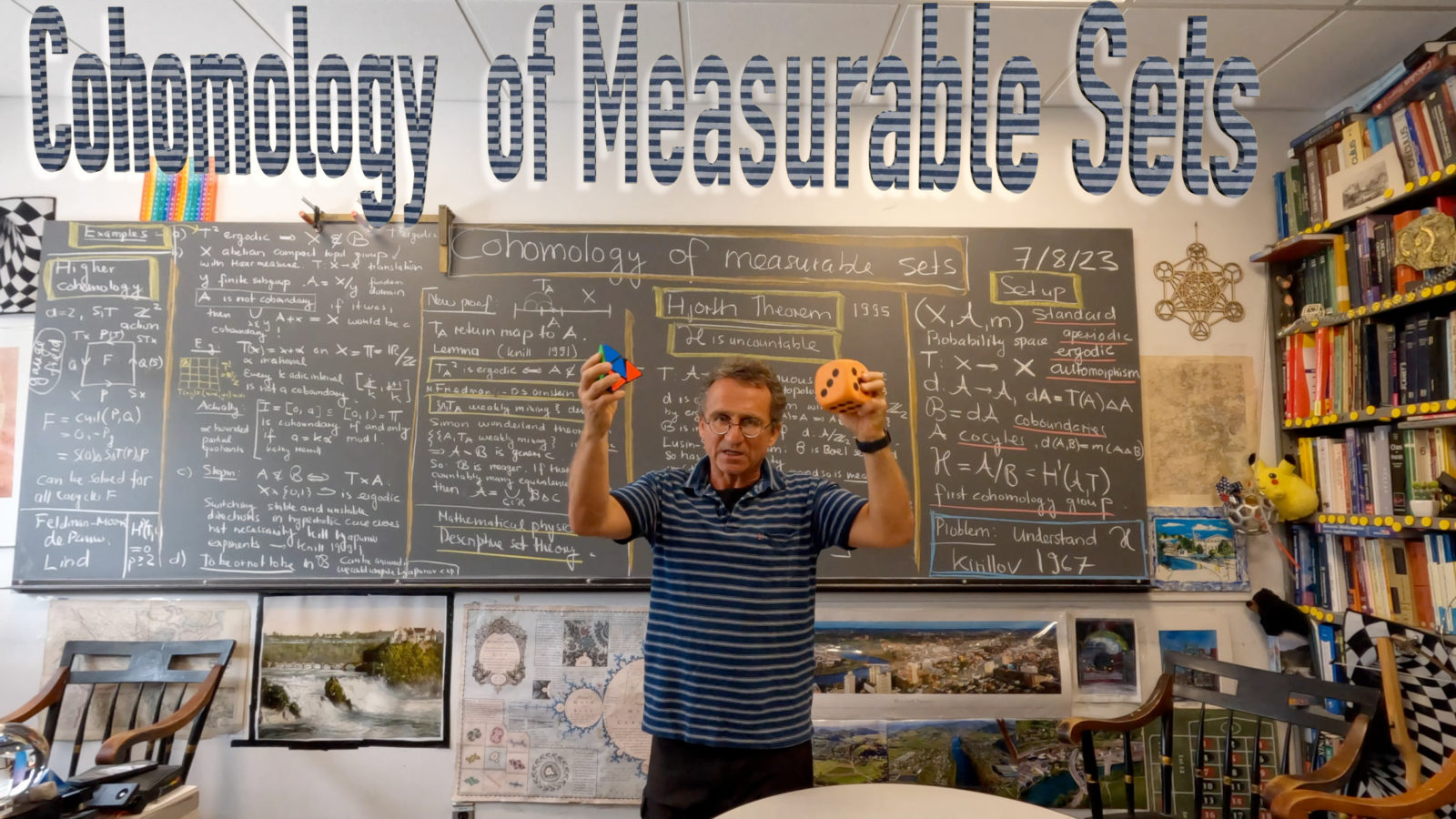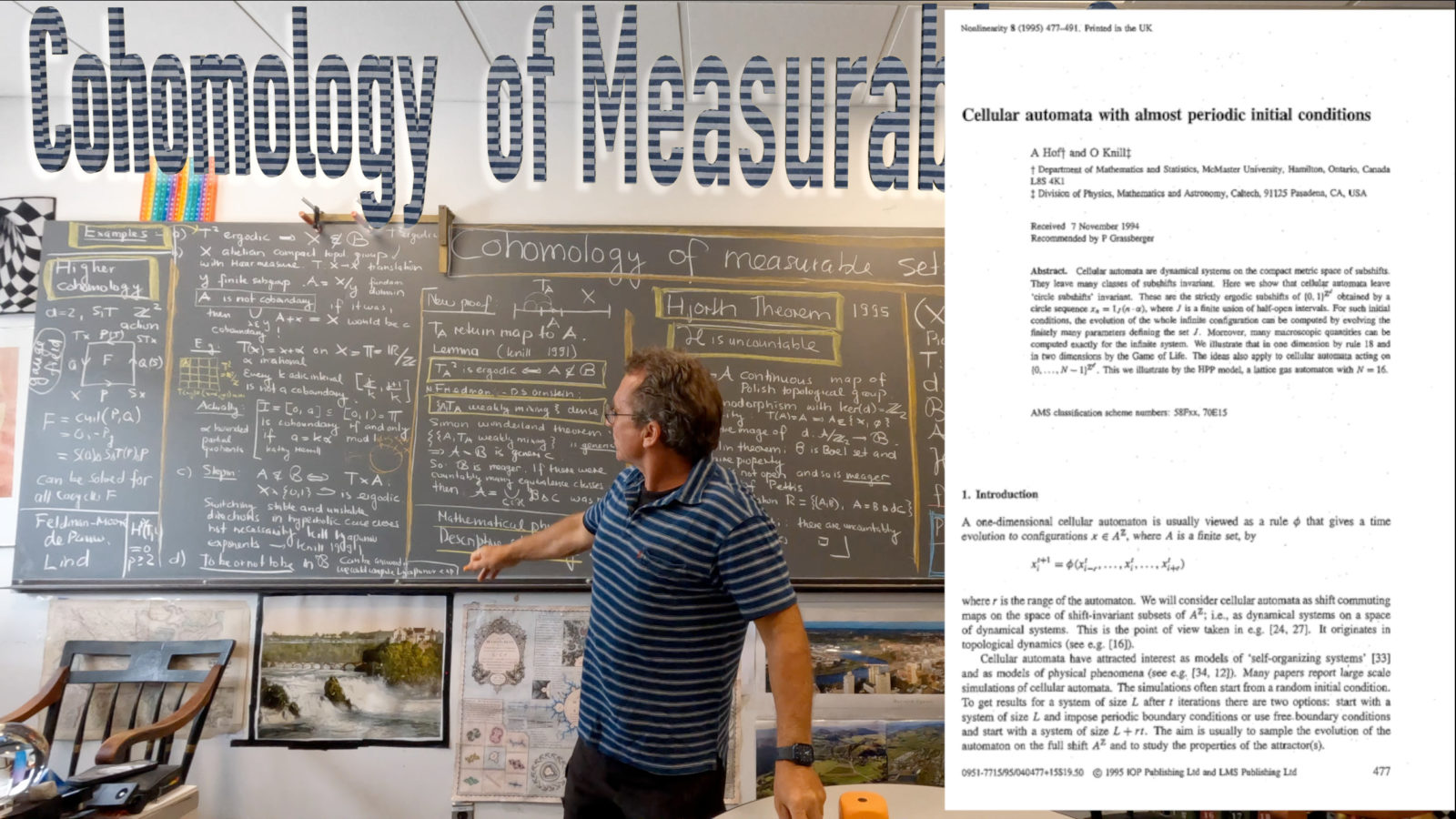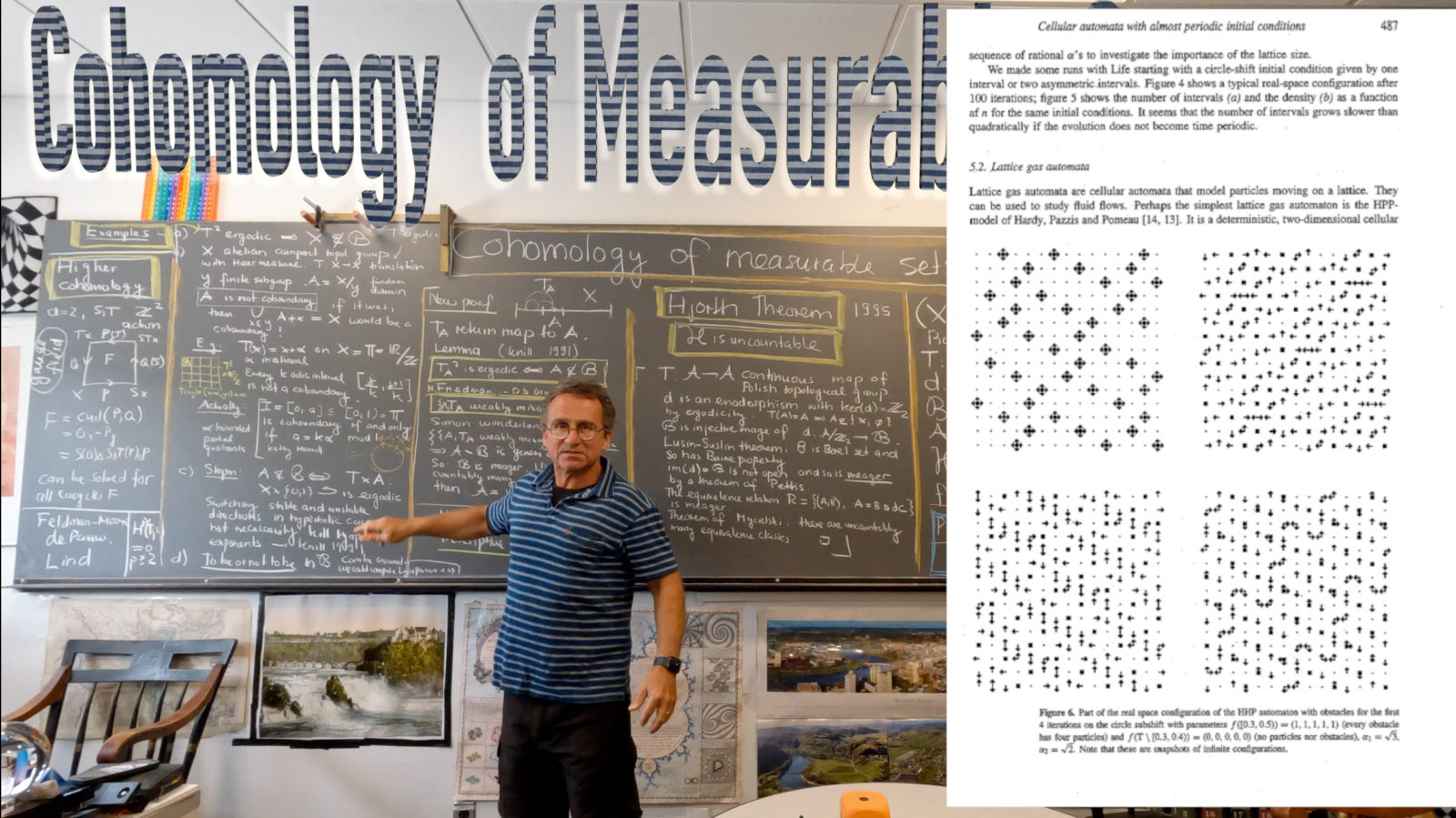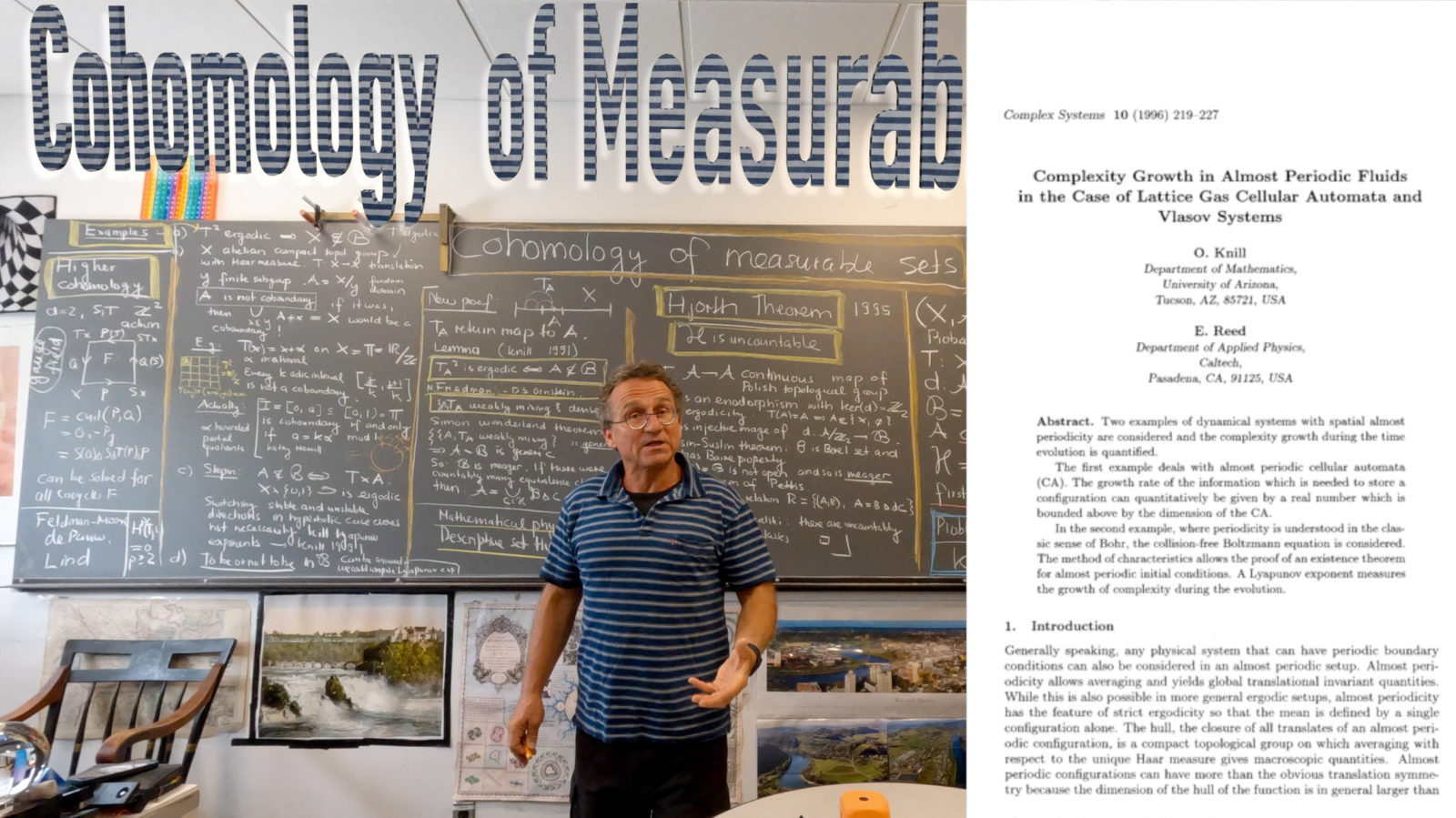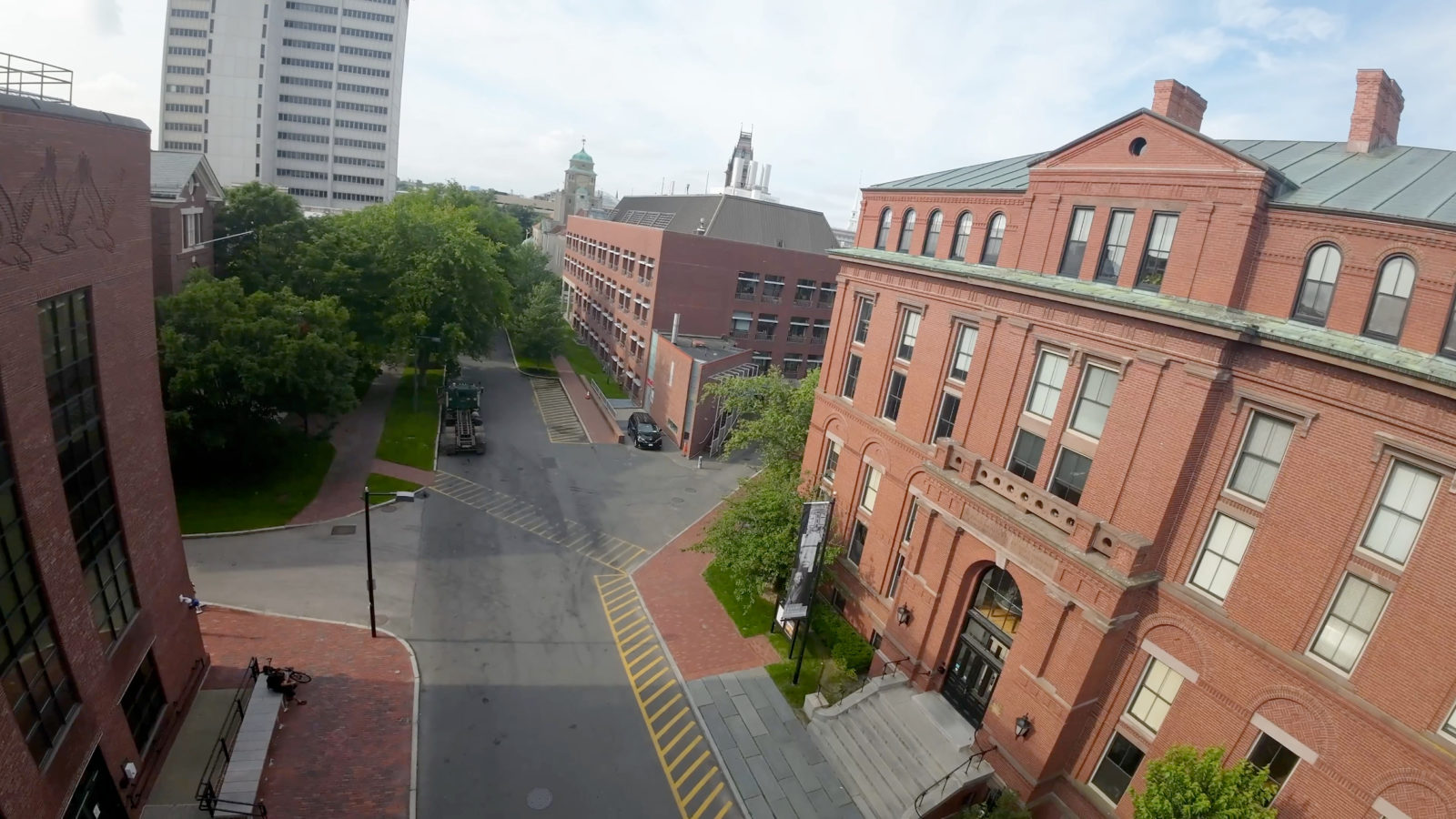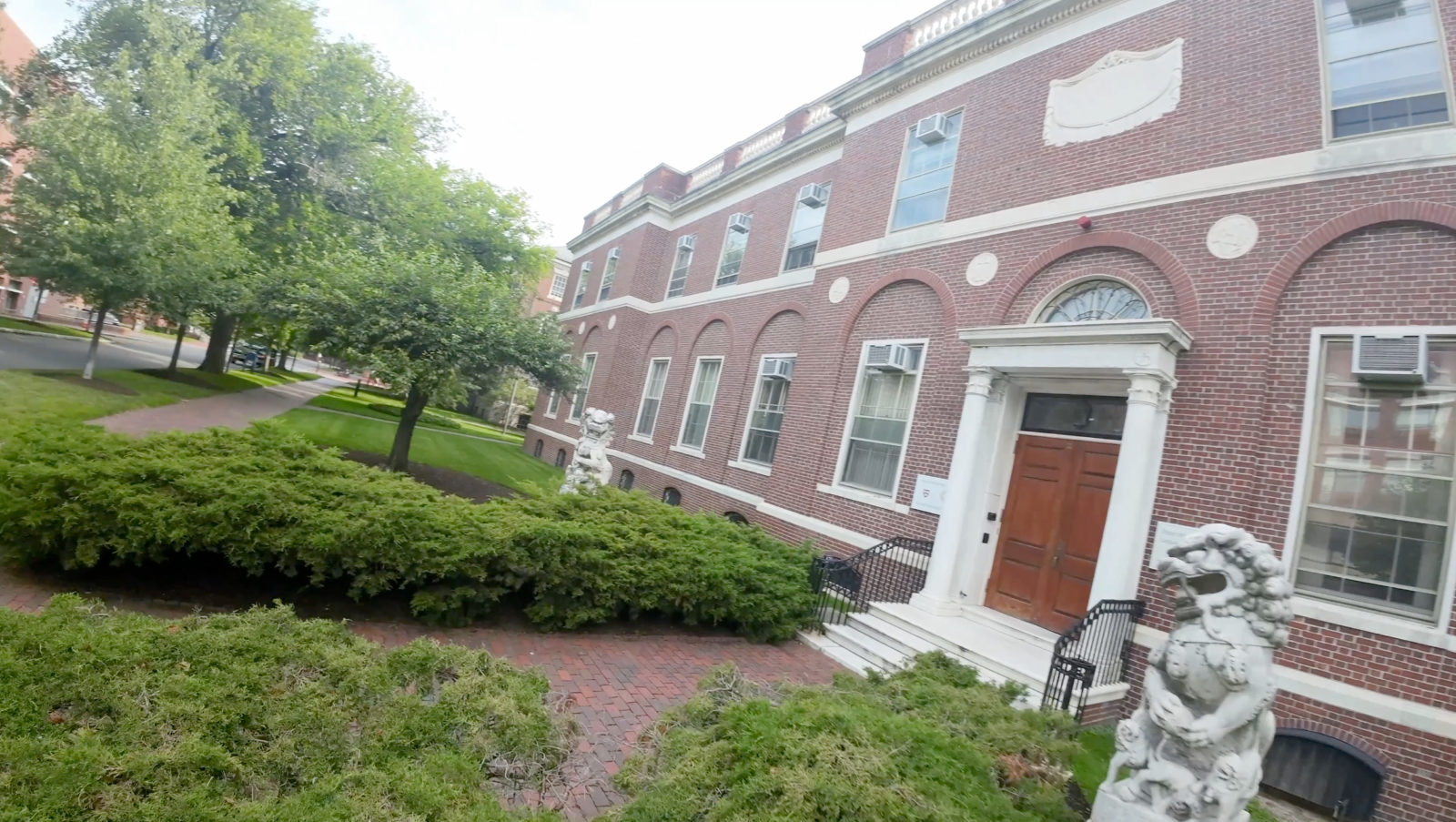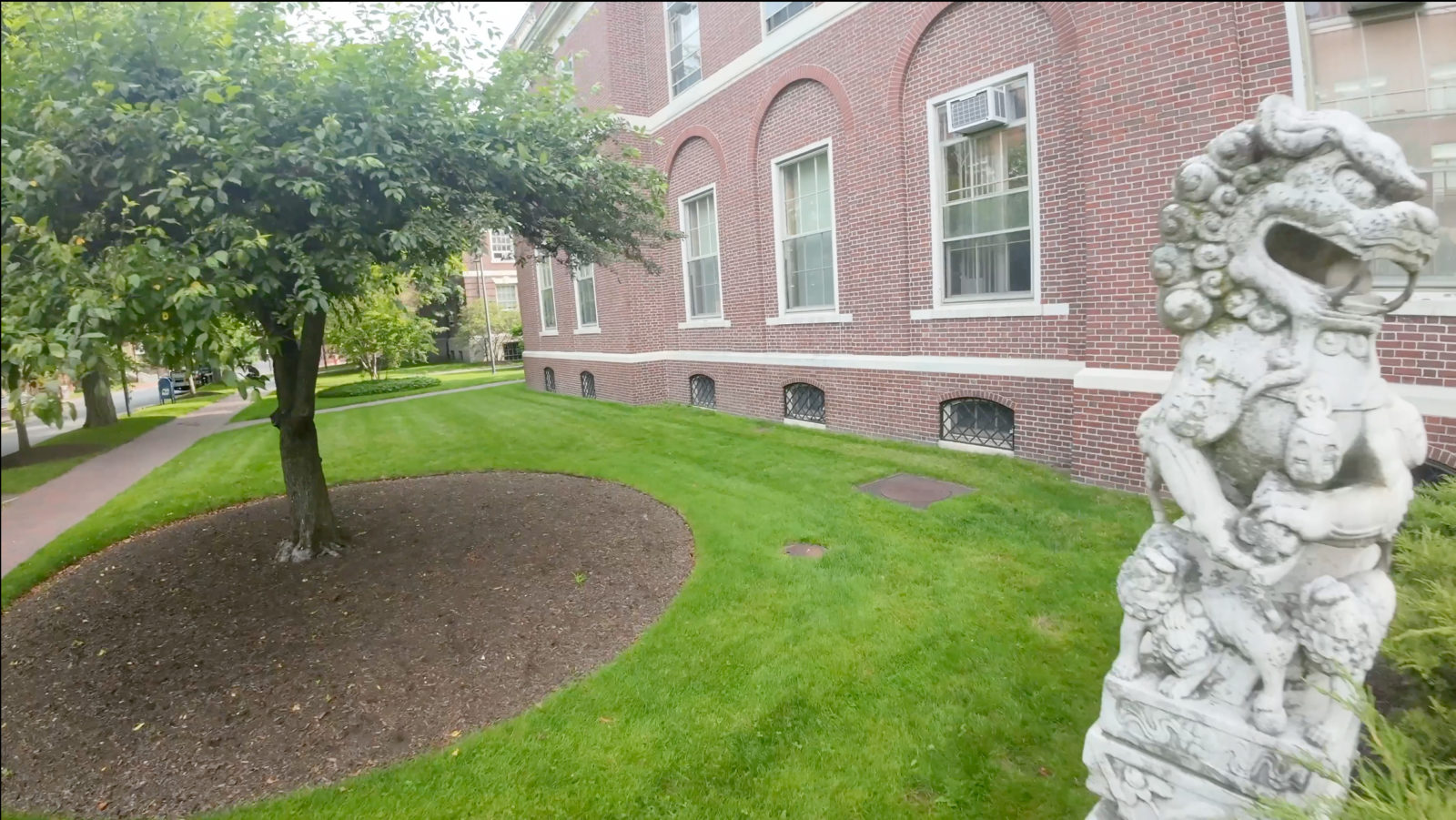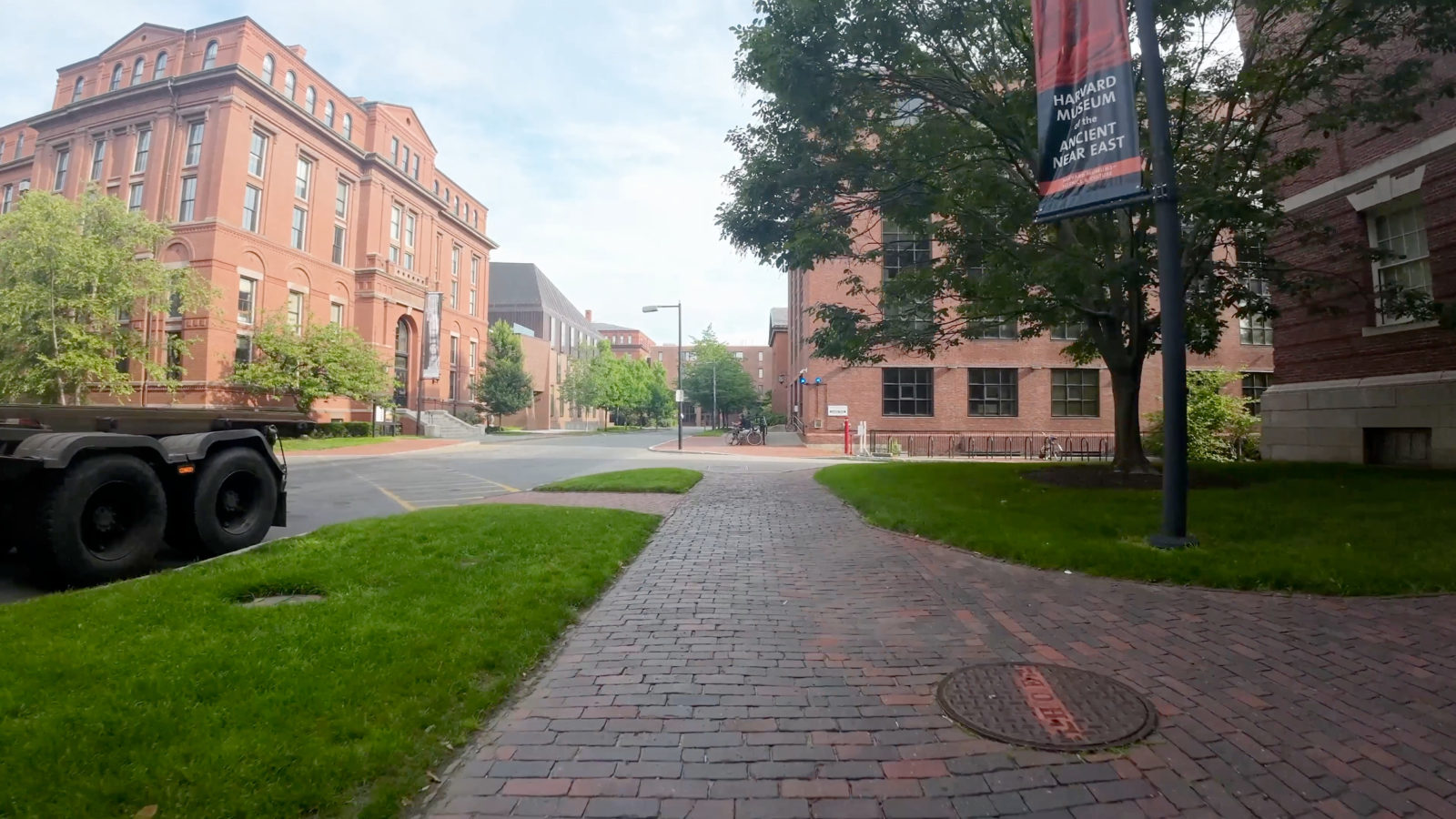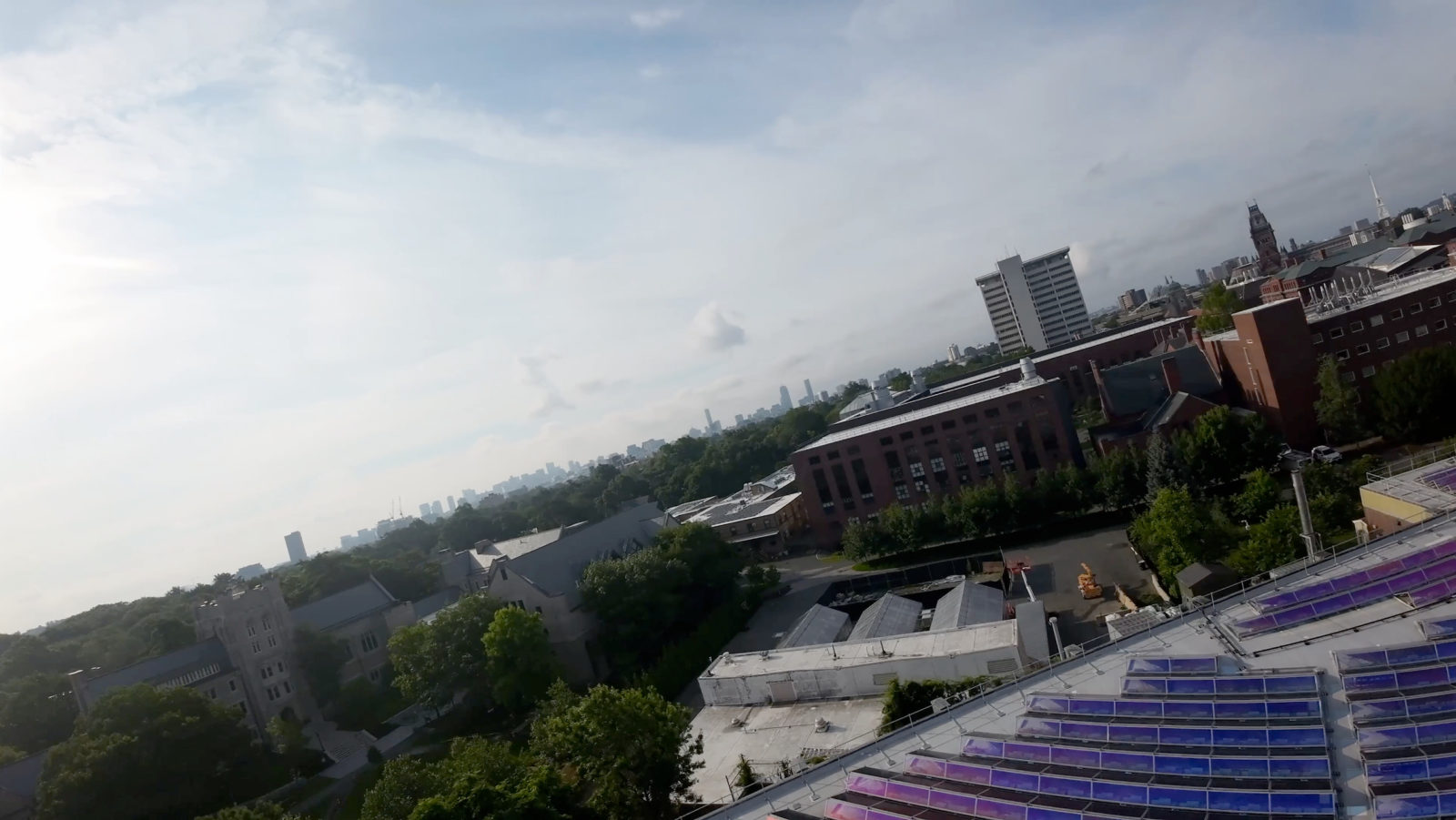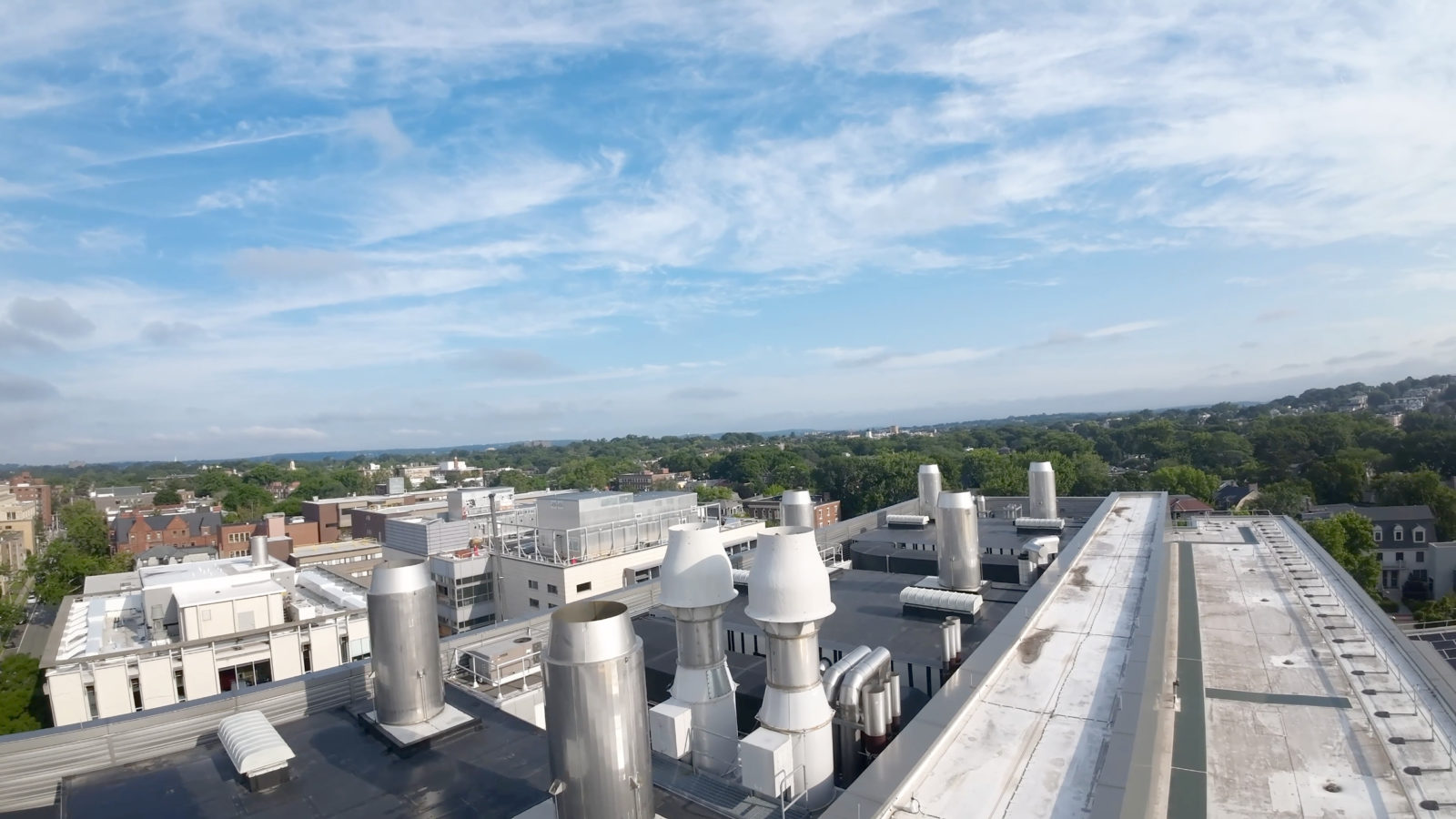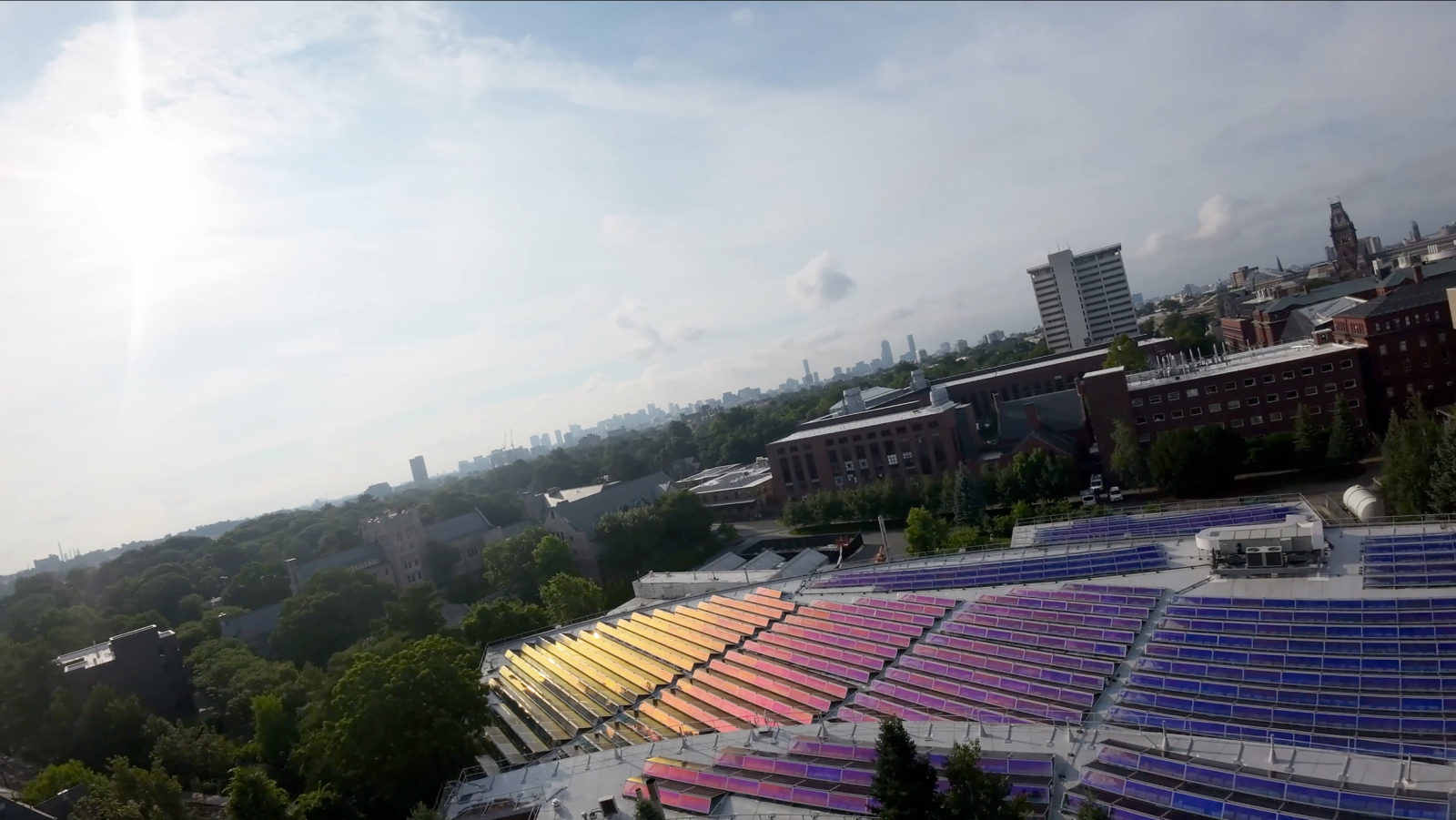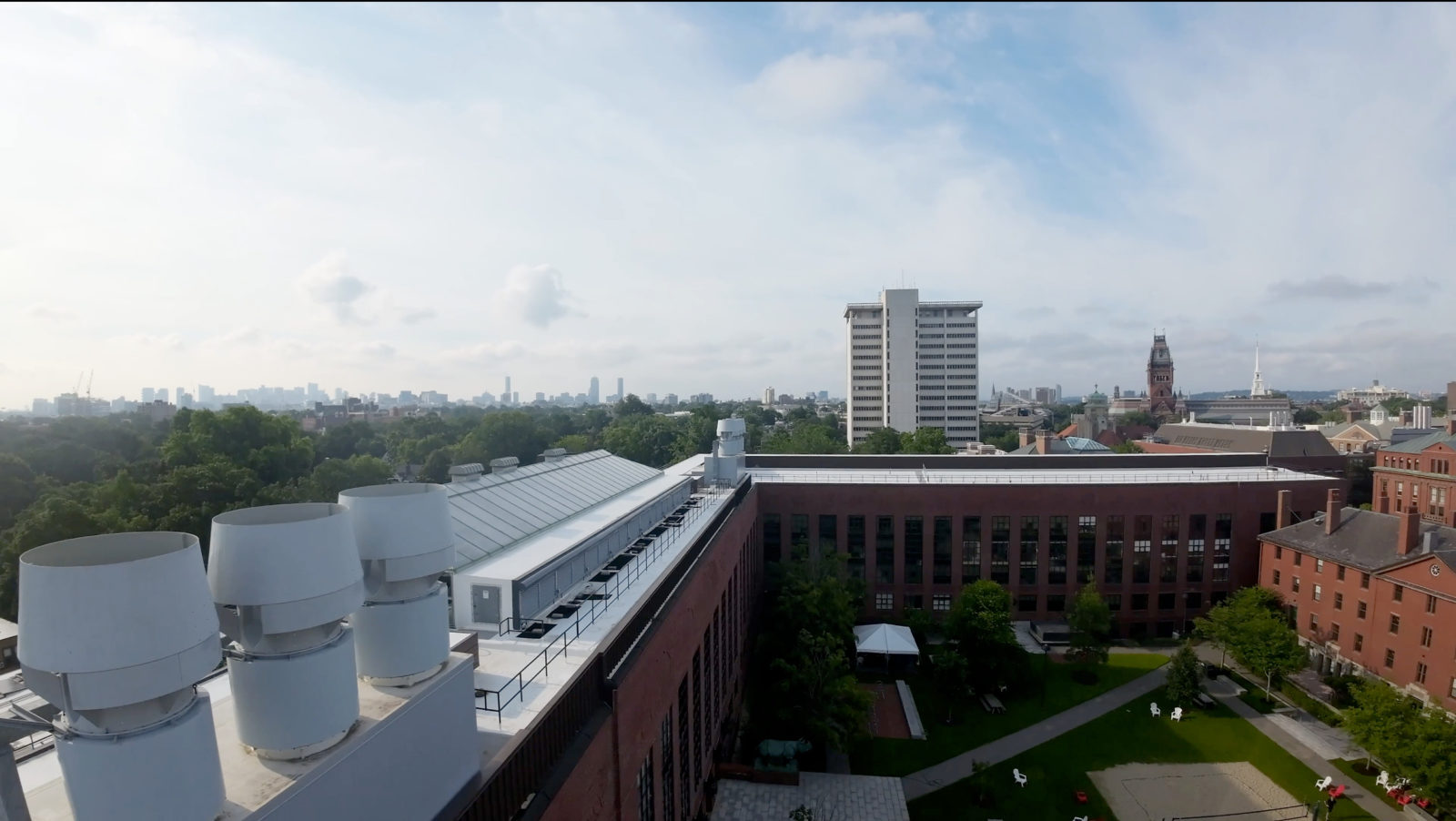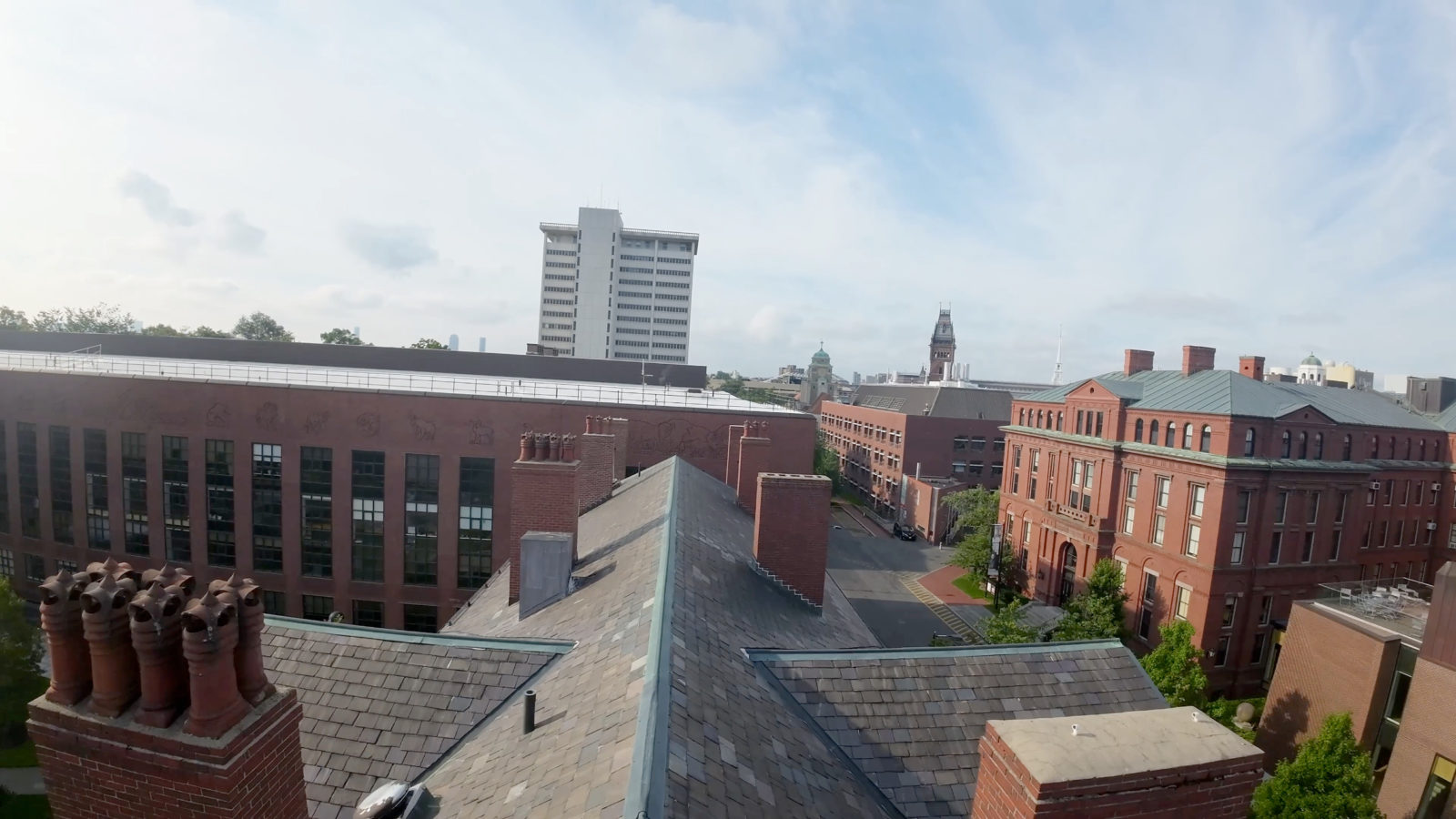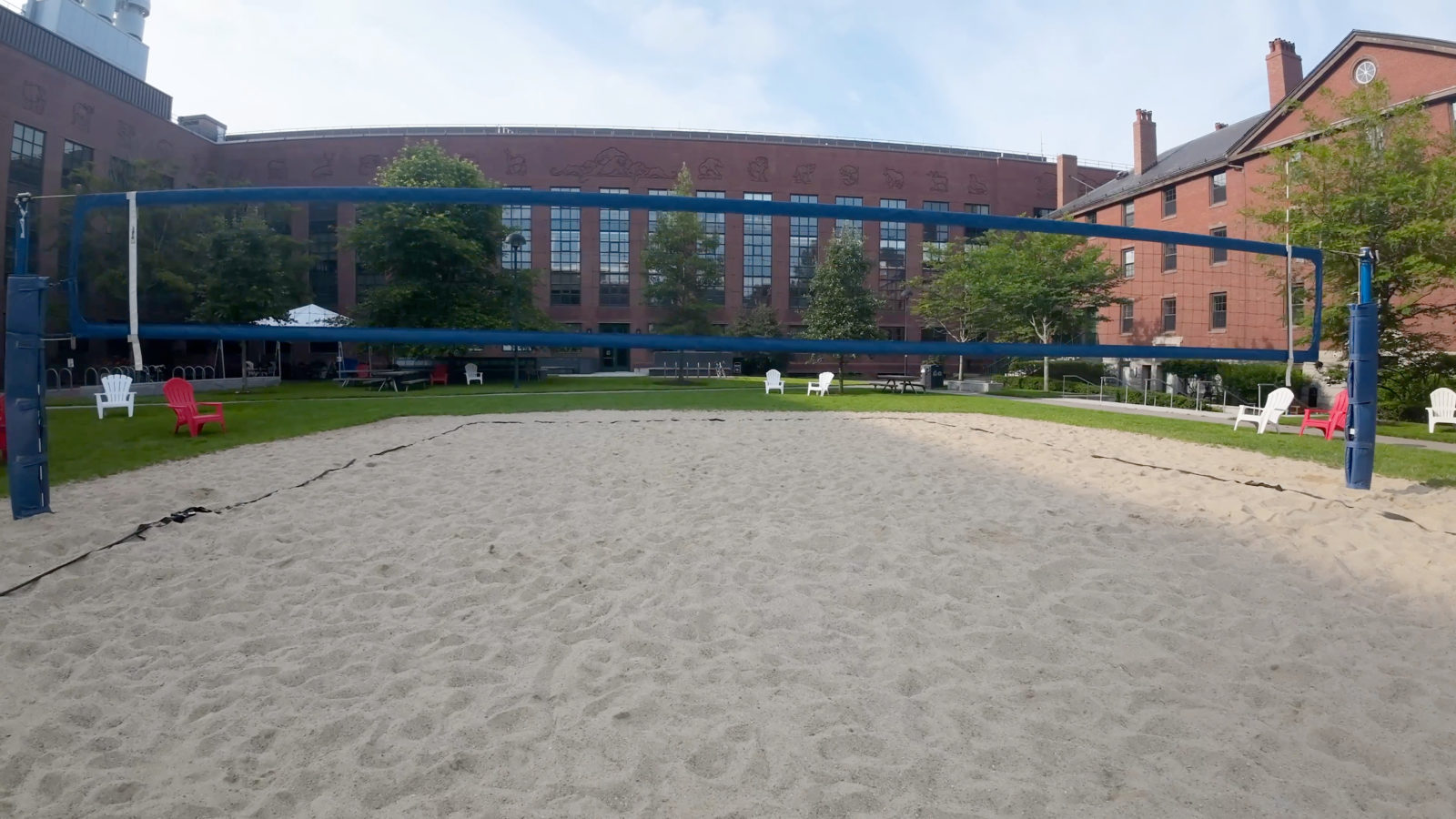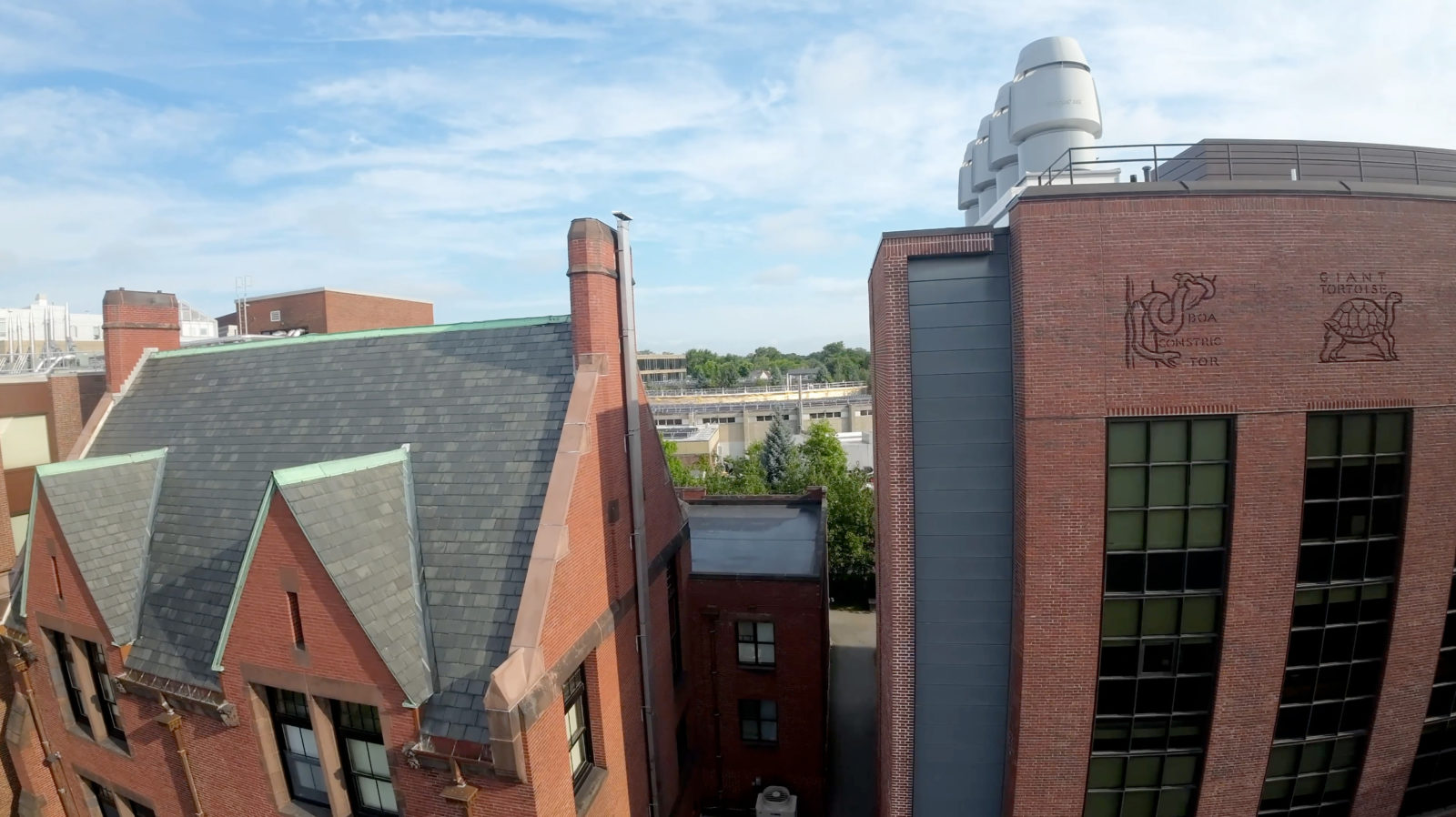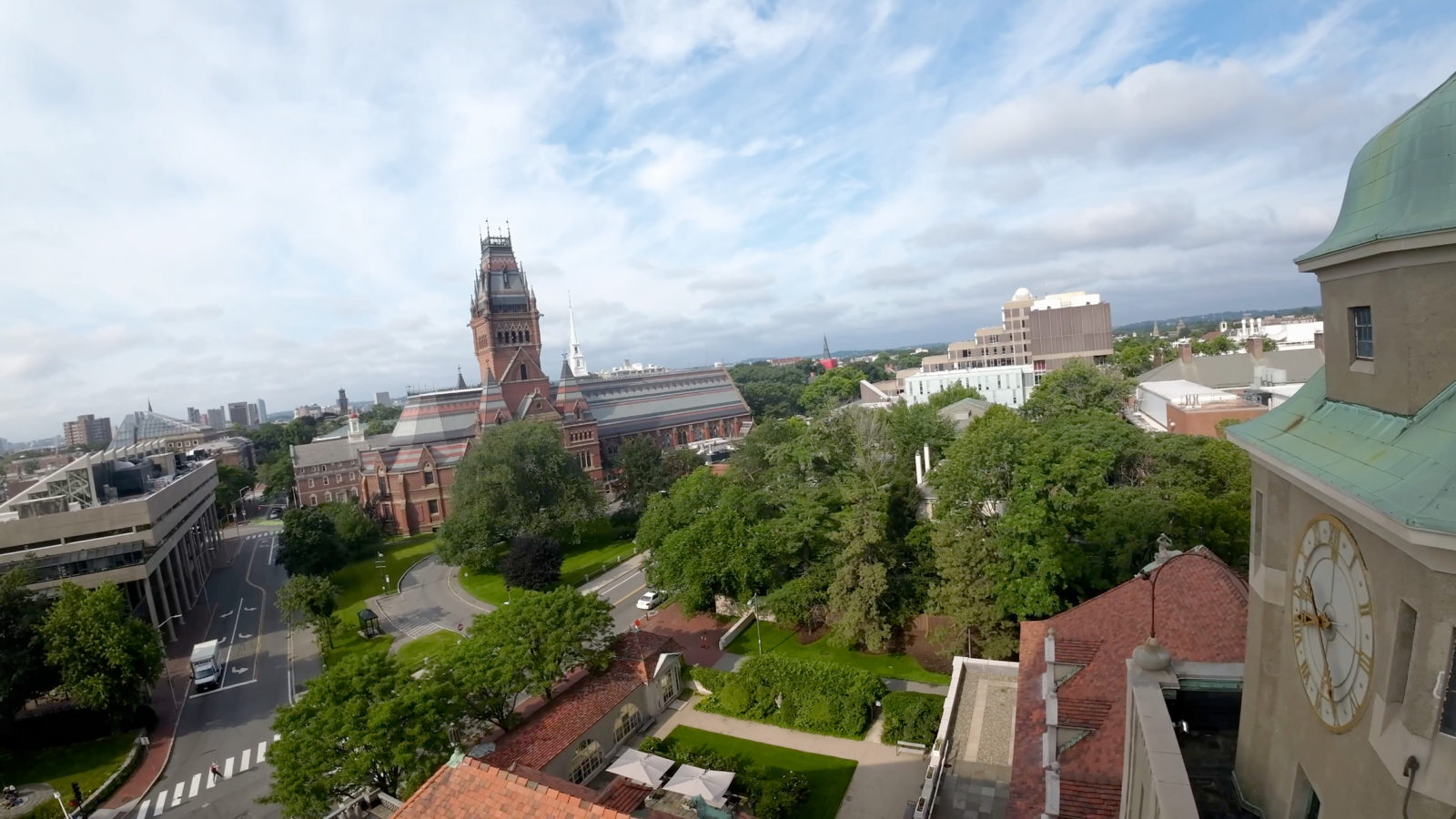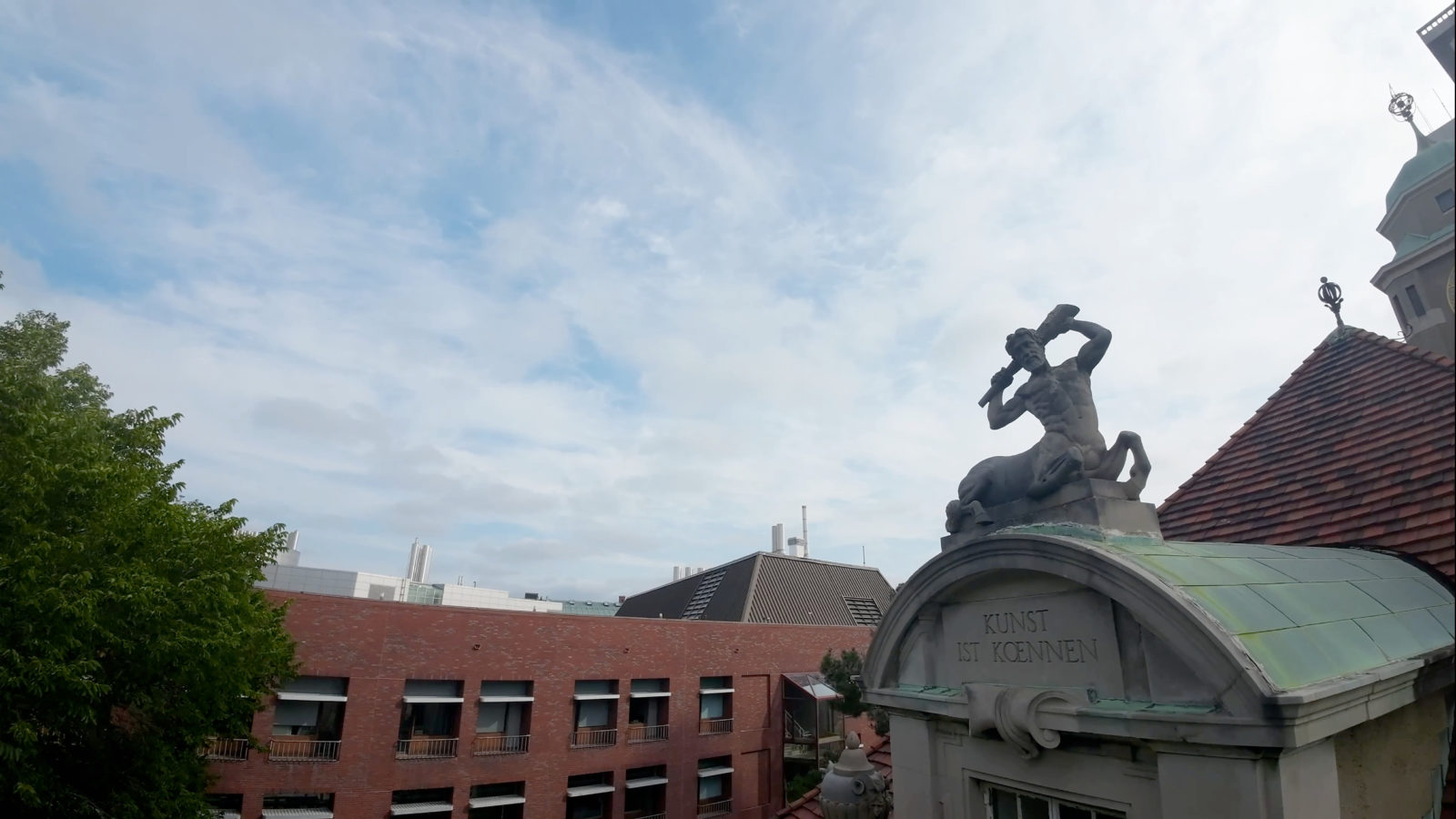
A theorem of Greg Hjorth states that the first cohomology group defined by an aperiodic ergodic automorphism T of a probability space
is uncountable. It is a problem, I had encountered as a graduate student because I was interested in Lyapunov exponents. When we want to make Lyapunov exponents zero by merging stable and unstable directions, the problem occurs whether a set A is a coboundary
or not. Greg showed me in 1995 using descriptive set theory, that there the first cohomology group is uncountable. This was a bit a surprise for me given that if you take an ergodic finite dynamical system (a cyclic permutation of a finite set), the cohomology group is small, namely
: indeed, every set of even cardinality is a coboundary and every odd cardinality set is not a coboundary. A singleton set
therefore represents the only non-trivial cohomology class. The higher de Rham type cohomology groups are trivial by a theorem of Jack Feldman and Calvin C Moore [I had defined a de Rham type cohomology in my thesis but which had independently been defined also by Anatole Katok (in the context of hyperbolic
actions) and Jerome Depauw (a thesis written at the same time than mine in 1993). There is a nice independent approach of Douglas Lind working even for non-commutative coefficient groups]. The latest write-up on this is here from 2000. I like to see this as an ergodic theorists “de Rham result”: there are three different cohomologies (de Rham Type, group cohomology, ergodic equivalence relation cohomology) they are all equivalent similarly as in topology where different cohomologies like de Rham cohomology and simplicial cohomology are equivalent. Of course, as in topology one has to make some assumptions. In ergodic theory, the assumption is that the
action is free (the set of fixed points of
has zero measure for all
. After talking last week about genericity, it occurred to me that Greg’s theorem on the cohomology of measurable sets can also be proven with the Wonderland theorem of Barry Simon, using spectral theory and a result of Nathaniel Friedman (1938-2020) and Donald Ornstein on weakly mixing of induced systems. There are some things, I could not talk about but which are mentioned on the board, like Kathy Merrill’s result if
is a Diophantine rotation, then
is a coboundary if and only if a is a multiple of
. This in volves a bit of Fourier theory and small divisors. The first time, the cohomology of measurable sets has appeared is in a 1967 paper of Alexandre Kirillov, a student of Israel Gelfand. In the talk I mention also some symmetry via ergodic theory which mentions cellular automata or almost periodic fluids.
Update: 7/23/2023: A write up [PDF].
For this video, I had been flying a bit near the Adolphus Bush Hall, one of the most remarkable buildings on Campus. It featues a grand medieval hall, the Busch-Reisinger Museum and contains walled garden and terrace with a fearsome lion inside, It is located near the tallest buildings on Campus, the concrete William James Hall built by Minoru Yamasaki, who also designed the WTC towers in Manhatten.
